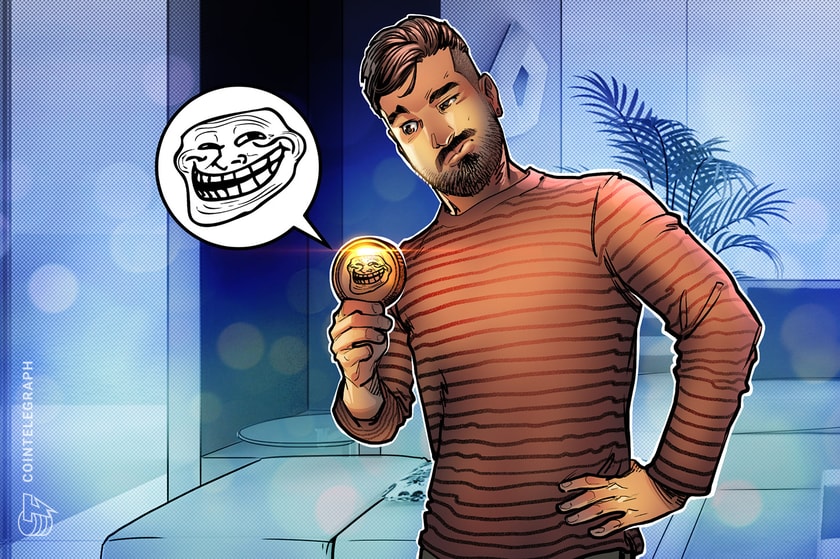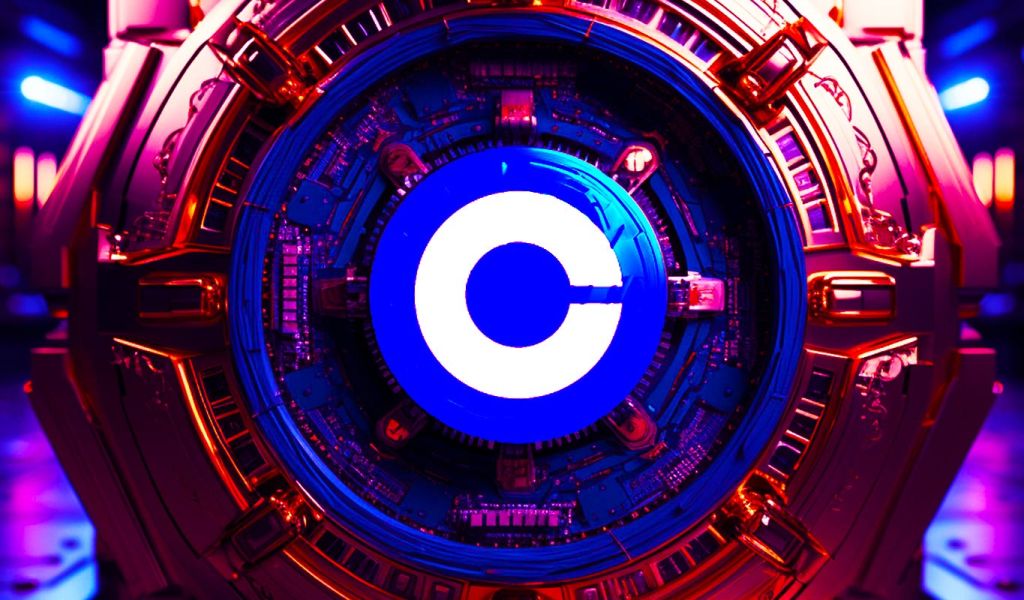
A PR expert’s tips for memecoin projects

The difference between winging it and hiring professionals is the difference between Pepecoin and others that never make a dent.
Popular culture depicts publicists as soulless spin doctors who will sell their mother if it means landing a feature in The Wall Street Journal. While it’s true that any serious PR pro is ambitious about earning coverage for clients, the idea that we are unshackled by ethics and objectivity is nonsense. PR is about connections, and integrity means lasting relationships with journalists.
That’s why the astronomical success of memecoins — most recently, Pepecoin — is so fascinating. Absent an actual product, structured business model and even sometimes public team, memecoins offer a rare opportunity to test the powers of unshackled PR and marketing. With memecoins, the messaging is 99% of the product. That doesn’t mean PR folks can leave their ethics at the door when promoting a memecoin, but it does mean they have much more liberty than usual in their campaigns.
So what exactly did Pepecoin do right? Beyond sheer luck, which plays perhaps an even more crucial role for memecoins than it does for other projects, here are some of the things memecoin founders should consider when building their product, and therefore their PR strategy.
Pick the right mascot
Mascots in business aren’t new — everyone knows the GEICO gecko and the Gatorade gator. But there are a few key differences between the likes of these two reptile marketers and the memecoins that have capitalized on crypto culture.
The first, of course, is that companies like GEICO and Gatorade sold actual products and services. The mascots provided the creative basis for brilliant marketing campaigns, but the fate of the company didn’t depend on their success. Secondly, memes have become much more influential cultural movers and shakers than commercial mascots. Dogecoin, which minted more than a thousand brand-new millionaires as of 2022, became one of the top cryptocurrencies based on a popular meme of a dog.
In creating Doge, co-founders Billy Markus and Jackson Palmer took a meme that had been widely shared on Instagram by the millennial generation and turned it into a cryptocurrency, thus essentially monetizing a digital joke. The move showed a deep understanding of their target market — terminally online crypto bros that had come of age consuming memes.
Join the community where you can transform the future. Cointelegraph Innovation Circle brings blockchain technology leaders together to connect, collaborate and publish. Apply today
While still not as notorious as Dogecoin, whose success was famously adopted as the pet project of Elon Musk, Pepecoin took that audience capture to the next level. Beyond the fact that cryptocurrency appealed to terminally online men, the founders of Pepecoin must have been more than familiar with cryptocurrency history in online circles. The idea of turning the meme most associated with the most online, crypto-savvy demographic into a memecoin produced Pepecoin, and it worked.
But there are other elements at play here.
Controversy is a must
We have to remember that Bitcoin — the founding father of the broader crypto industry — was born out of a rebellious desire on the part of an anonymous entity to revamp the global financial system based on a digital currency. That was unprecedented on a scale that’s easy to take for granted today.
No one should be surprised that the industry today thrives on an edgy sort of controversy, and on the micro-scale, that troll culture drives the memecoin industry. Think of how absurd it would seem ten years ago for someone as influential as Elon Musk to support the pumping of a digital currency that was created as a parody of Bitcoin, and yet that’s exactly what happened with Doge.
Doge worked because it was original and edgy. Shiba Inu, which branded itself as a competitor to Doge, didn’t make the same dent as the original dog coin because it didn’t bring anything fresh to the table.
Pepe, on the other hand, capitalized on a meme associated with a fringe of the internet. Of course, the “Pepe the Frog meme” itself was merely hijacked by trolls, so no one is accusing the founders or investors of Pepecoin of anything nefarious. On the contrary, the Pepecoin founders’ keen eye for the line between tactful controversy and tone-deaf overkill produced a cryptocurrency that touched a billion-dollar market cap just a few weeks after its launch.
“Pump the frog.”
That’s it. That’s Pepecoin’s slogan. Not even the best copywriter in the world could explain why exactly it works, but it simply does.
Whether a crypto slogan, a social post, or an op-ed, the general rule of thumb for writing sharp content is “say the most you can, with as few words as possible.” That’s easier said than done, and it becomes even more challenging with shorter content. There’s a reason generative AI tools, such as ChatGPT, are much more adept at long-form content than social posts and titles.
Memecoins thrive on short-form content. It’s not in-depth thought leadership and visionary market analysis that drives their success, but rather witty tweets, Reddit threads and, most importantly, funny memes. Any crypto project looking to go viral needs the sharpest marketers and PR pros they can get their hands on, whether it’s an agency or in-house to have the best shot at going viral.
The difference between winging it and hiring professionals is the difference between Pepecoin and others that never make a dent.
The information provided here is not investment, tax or financial advice. You should consult with a licensed professional for advice concerning your specific situation.
Motti Peer is the Chairman and Co-CEO of ReBlonde, an award-winning PR agency specializing in technology and crypto.
This article was published through Cointelegraph Innovation Circle, a vetted organization of senior executives and experts in the blockchain technology industry who are building the future through the power of connections, collaboration and thought leadership. Opinions expressed do not necessarily reflect those of Cointelegraph.
Learn more about Cointelegraph Innovation Circle and see if you qualify to join
Go to Source
Author: Motti Peer







